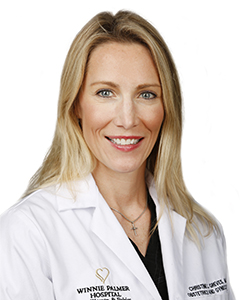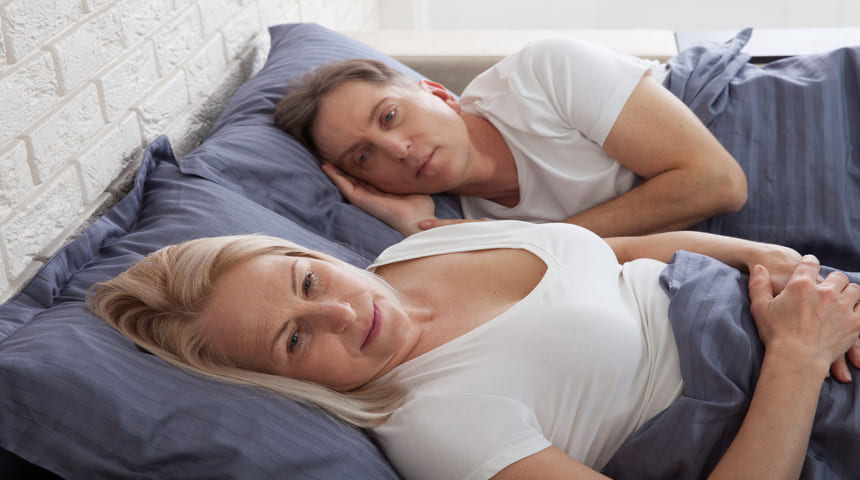Hair sheds — just look at your brush. Yet at some point you might realize your hair is noticeably thinner or possibly falling out in clumps instead of strands.
If you’re losing hair, you’re not alone. Women often have less hair, and thinner actual hairs, starting with menopause. Estrogen levels decrease during that time, and estrogen is a significant factor in hair health — although far from the only important element. The same goes for progesterone.
Hair loss, or alopecia areata, may be common — about 20 percent of women in the U.S. have hair loss, most of them white — yet that doesn’t mean a whole lot of science exists to explain what to do about it. Here’s a primer so you’ll understand the details.
What Is Hair Loss?
Essentially, hair loss means having more than the standard 100 hairs a day falling out of your head.
Mothers often lose large amounts of hair after giving birth, but that usually fixes itself as their post-partum hormones even out. And “seasonal hair loss” happens to everyone — as the weather chills, hair thins for a few weeks, for example. But we’re talking about more permanent changes here. The diagnosis known as female pattern hair loss refers to a progressive amount of thinning that won’t revert.
Female pattern hair loss is widespread as women age. The situation has all kinds of subcategories. For starters, there are two types:
- Non-scarring alopecia, which is reversible
- Scarring alopecia, which is permanent
Hair loss can happen solo, or it can involve your scalp becoming scaly. Whatever the situation, it generally plays out in four stages:
- Anogen — That’s when your hair grows. About 85 percent of your hair bulbs produce hair during this phase.
- Catagen — In this phase, the growth ends and in fact the bulb starts to default.
- Telogen — Your hair may remain connected to the follicle, but it stops growing.
- Exogen — That’s the shedding part of the cycle. The hair leaves the head. Under normal circumstances, the follicle is likely to start growing a replacement hair.
Some of this is always going on. If your hair becomes, and stays, noticeably thinner, chances are you’re maxing out in the final stages.
Factors That Can Cause Hair Loss
The hormonal changes that come with physical maturity are only the beginning of a very long list. Women can lose hair for several reasons.
- Stress. “Stress” certainly covers a wide swath of possibilities, but pay attention: High stress often leads to thin hair, especially as women age. This is known as telogen effluvium. Stress can cause your cortisol levels to rise, which in turn sets off your inflammatory mediators, which can end up kind of freezing your hair follicles mid-cycle. Too scientific? Just know that if you’re going through a hard time, your body may let you know that by shedding hairs.
- Genetics. If Mom and Grandma have had little hair since you’ve known them, chances are you’re just wired to thin early.
- Vitamin and mineral deficiencies. Low iron, zinc, Vitamin D, biotin, ferritin. The list of potential causes is long, and unproven.
- Life events. Rapid weight loss or gain, childbirth, malnutrition, legal and illegal drugs, illness including Covid 19, surgeries … any shock to your system might affect your hair health.
- Endocrine imbalances. Thyroid issues such as hypothyroidism and hyperthyroidism can be to blame. Ask your doctor to do a blood test.
How To Keep Your Hair from Falling Out
You won’t find any solid, serious scientific studies that spell out sure-fire ways to protect or replace your hair. Still, researchers are exploring many arenas. You can try some on your own, as they have no downsides. Others, though, can be toxic, so talk to a doctor before taking action.
You can try these whenever you want:
- Eat a Mediterranean diet. Consume plenty of veggies, lean meats and olive oil. There’s no reason not to choose a Mediterranean diet. Some studies indicate that it makes hair healthy.
- Banish hair bands. If you must pull your hair back, use a clip with large teeth, not a band. The elastic can pull hairs out of your head.
- Go au naturel. Dye, bleach and straightening treatments can damage hair and the scalp. If you’re having problems, take a break.
- Take a multivitamin. Any vetted over-the-counter supplement that provides a modest amount of vitamins and minerals might add back a nutrient or two missing from your diet.
Before attempting these, speak with your primary care physician or dermatologist:
- Use minoxidil. Oral and topical versions of this treatment are available. Women are advised to use only the topical type for female pattern hair loss, although scientists continue to test the oral type. It is the most effective product on the market, but it does nothing to help 40 percent of people who use it. It can have side effects such as dizziness and peripheral limb edema, which is a swollen hand, foot, ankle, arm or leg.
- Use oral finasteride. Like minoxidil, it’s approved by the FDA. It often doesn’t work, though, and it can have negative side effects including a lower sex drive.
- Take iron or vitamin D supplements. If a blood test shows your body is low in either or both of these, a pill a day might help. However, too much of either is dangerous, so have a medical professional monitor your intake.
- Natural supplements. Melatonin; marine extracts; saw palmetto; vitamins A, B7, B12, C, D, E; riboflavin; folate; selenium; zinc; pumpkin, rosemary or cannabidiol oil; even caffeine — maybe more will help you, maybe it won’t. Science hasn’t proven anything.
- Hair restoration surgery. See an expert and stick with maintenance treatments once it’s done.
- Other therapies. If you’re willing to experiment, you can look into therapies such as “nutraceuticals” — involving certain foods and supplements; low-level laser therapy; or an approach involving enriching your own plasma.
Thinning? Eat extra well. Meditate, exercise or create relaxation time. Otherwise, talk to your doctor to find the cause of your hair loss and discuss safe solutions that might actually fix your hair loss challenge.
Choose to Stay in Touch
Sign up to receive the latest health news and trends, wellness & prevention tips, and much more from Orlando Health.
Sign Up





